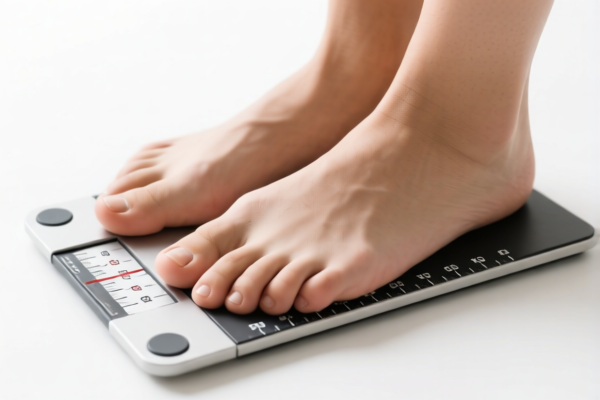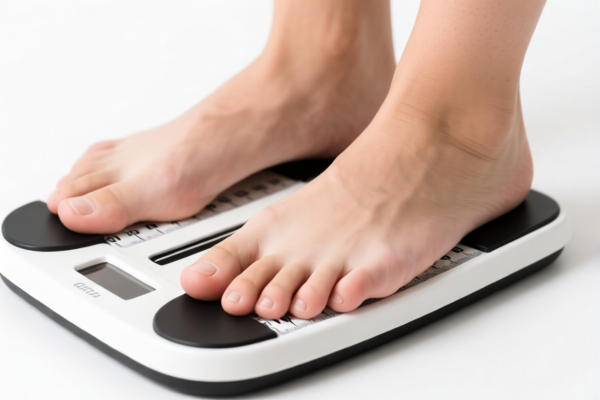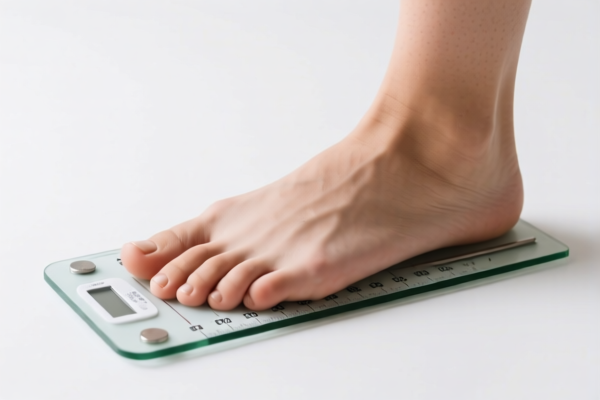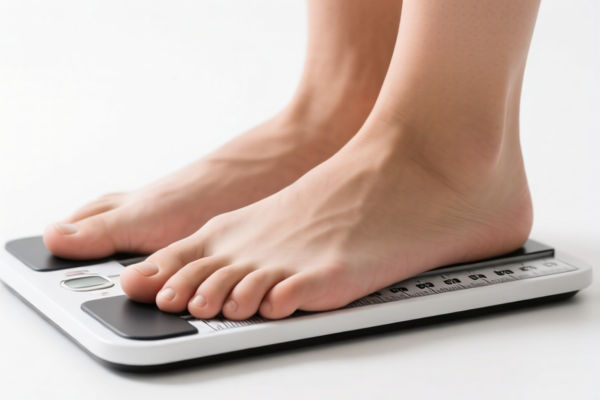| HS Code | Official Doc | Tariff Rate | Origin | Destination | Effective Date |
|---|---|---|---|---|---|
| 9017800000 | Doc | 60.3% | CN | US | 2025-05-12 |
| 9017208040 | Doc | 59.6% | CN | US | 2025-05-12 |
| 9031808085 | Doc | 30.0% | CN | US | 2025-05-12 |
| 9031909195 | Doc | 80.0% | CN | US | 2025-05-12 |
| 8307103000 | Doc | 58.8% | CN | US | 2025-05-12 |
| 8307106000 | Doc | 58.8% | CN | US | 2025-05-12 |
| 8308909000 | Doc | 57.7% | CN | US | 2025-05-12 |
| 4205000500 | Doc | 57.9% | CN | US | 2025-05-12 |
| 4205001000 | Doc | 55.0% | CN | US | 2025-05-12 |
| 4201006000 | Doc | 57.8% | CN | US | 2025-05-12 |




Foot Measurer
A foot measurer is a device used to determine the size of a foot. These tools are essential for accurate shoe fitting, particularly for children, individuals with foot problems, or when purchasing shoes online.
Material
Foot measurers are commonly constructed from the following materials:
- Plastic: Lightweight, durable, and inexpensive, making it suitable for home use and children's measurements.
- Metal: Often stainless steel, providing greater durability and accuracy. Used in professional settings like shoe stores and podiatrist offices.
- Wood: Traditionally used, offering a classic feel but may be less precise than metal or plastic.
Purpose
The primary purpose of a foot measurer is to:
- Determine Shoe Size: Accurately identify the appropriate shoe size for both length and width.
- Monitor Foot Growth: Track changes in foot size over time, especially important for growing children.
- Ensure Proper Fit: Help prevent foot problems caused by ill-fitting shoes, such as blisters, bunions, and foot pain.
- Assist with Orthotics: Provide measurements needed for custom orthotics or shoe modifications.
Function
Foot measurers operate on a simple principle:
- Length Measurement: The device typically has a sliding scale or adjustable parts to match the foot's length from heel to longest toe.
- Width Measurement: Some measurers include a width scale to determine the foot's width at its widest point.
- Marking: The measurement is then read from the scale and corresponds to a specific shoe size based on a standardized sizing system.
Usage Scenarios
- Retail Shoe Stores: Sales associates use foot measurers to ensure customers select the correct shoe size.
- Home Use: Parents can use them to measure their children's feet for online shoe purchases or to monitor growth.
- Podiatrist Offices: Professionals utilize foot measurers for comprehensive foot assessments and orthotic fitting.
- Athletic Shoe Fitting: Specialists employ them to determine the optimal shoe size and type for specific sports or activities.
Common Types
- Brannock Device: The most widely used foot measuring device in the shoe retail industry. It measures both length and width and indicates shoe size based on gender. It is a mechanical device with a sliding scale and heel cup.
- Sock Size: A plastic or metal device used to measure the foot length while wearing socks, providing a more accurate fit for shoes worn with socks.
- Adjustable Foot Gauge: A simpler device with a sliding pointer and scale to measure foot length. Often used for home use.
- Digital Foot Measurer: Electronic devices that provide a precise digital readout of foot length and width.
- Foot Tracing: A manual method using paper or a specialized mat to outline the foot, allowing for length and width measurements to be taken from the tracing.
Foot measurers fall under the category of measuring instruments. Based on the provided reference material, the following HS codes are relevant:
-
9017.80.00.00: This HS code covers “Other instruments”. Chapter 90 pertains to “Optical, precision, measuring, checking, testing, navigating and control instruments and apparatus; parts and accessories thereof”. Heading 17 specifically includes “Other instruments”. The subheading 80.00 covers “Other”. This code is applicable to a variety of measuring devices not specifically categorized elsewhere. The total tax rate is 60.3%, comprised of a 5.3% base tariff, a 25.0% additional tariff, and a 30.0% additional tariff effective after April 2, 2025.
-
9031.80.80.85: This HS code covers “Measuring or checking instruments, appliances and machines, not specified or included elsewhere in this chapter; profile projectors; parts and accessories thereof: Other instruments, appliances and machines: Other Other”. Chapter 90, as above, covers measuring instruments. Heading 31 focuses on instruments not specified elsewhere. The subheading 80.80.85 covers “Other instruments, appliances and machines” and further specifies “Other Other”. The total tax rate is 30.0%, with an additional tariff of 30.0% effective after April 2, 2025.
-
9031.90.91.95: This HS code covers “Measuring or checking instruments, appliances and machines, not specified or included elsewhere in this chapter; profile projectors; parts and accessories thereof: Parts and accessories: Other: Other Other”. This code is for parts and accessories of measuring instruments. The total tax rate is 80.0%, comprised of a 0.0% base tariff, a 25.0% additional tariff, and a 30.0% additional tariff effective after April 2, 2025. Additionally, steel and aluminum products are subject to a 25% additional tariff.
Regarding HS code 9031.90.91.95, please note the 25% additional tariff applicable to steel and aluminum products. If the parts or accessories of the foot measurer are made of these materials, this additional tariff will apply.
Customer Reviews
No reviews yet.